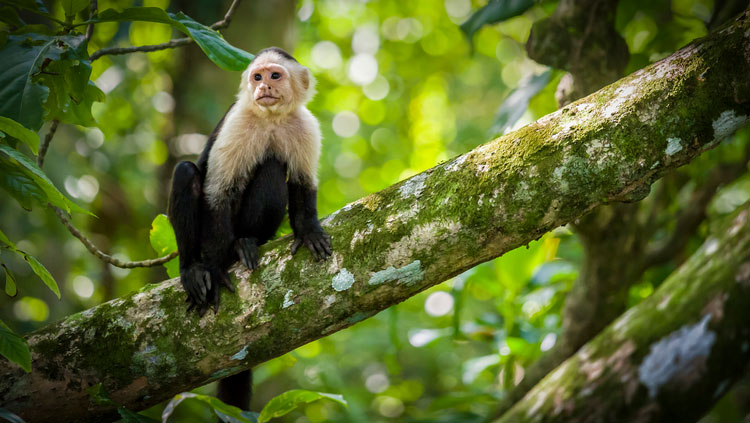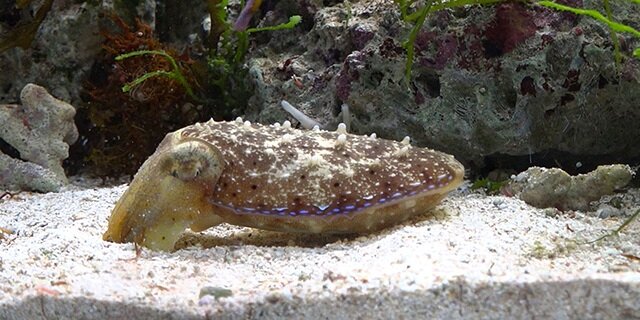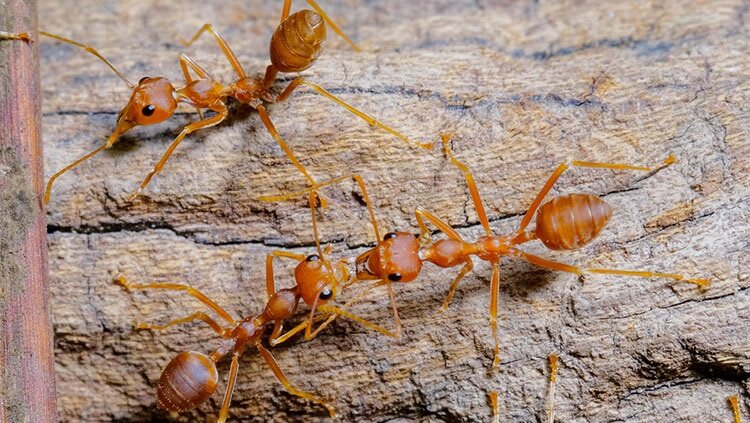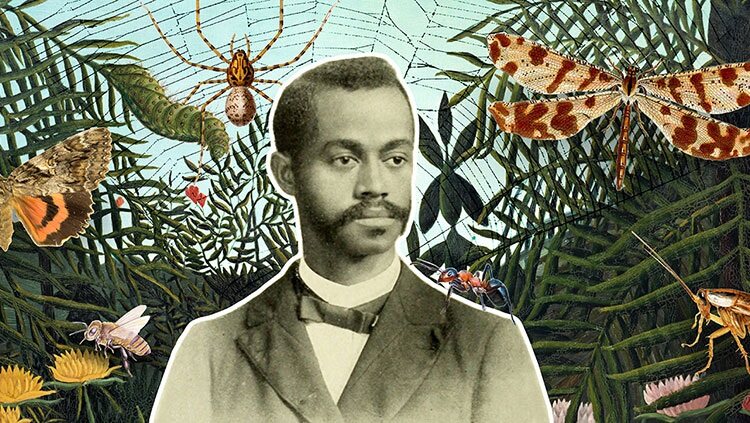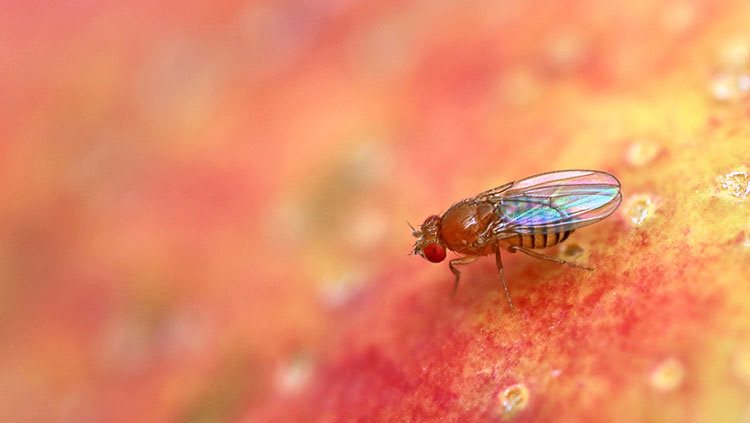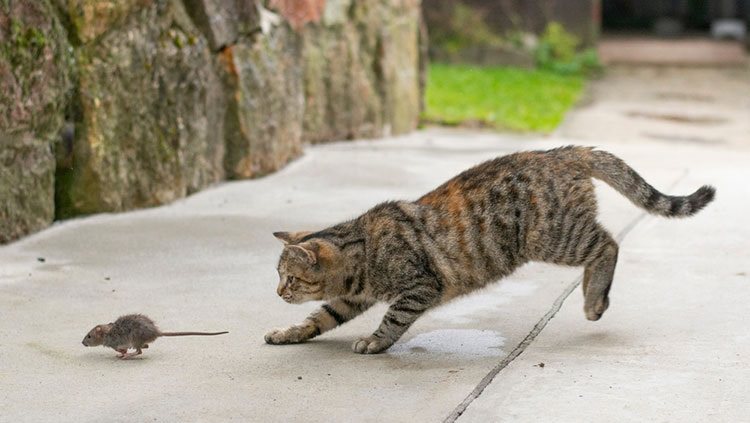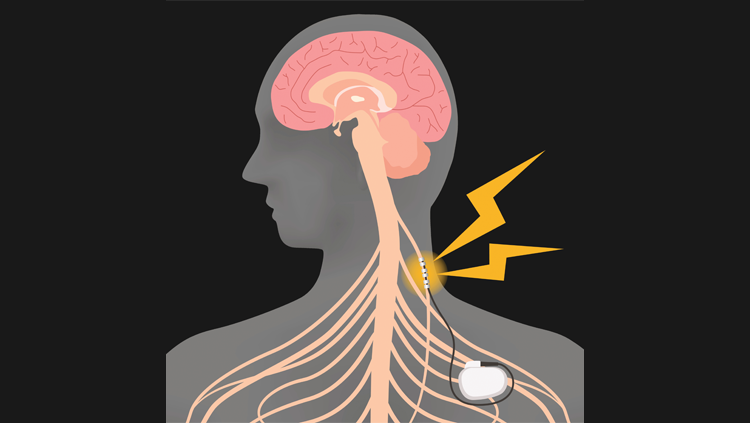“Brainy” Mice with Human Brain Cells: Chimeras of Mice and Men
- Published7 Mar 2013
- Author Douglas Fields
- Source BrainFacts/SfN
Human brain cell transplantation makes mice smart. The transplanted cells are not neurons and the cells communicate without using electricity. Brain cells that communicate without electricity boost learning and memory.
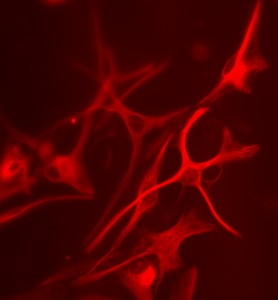
If you wanted to know how a human brain cell works to increase intelligence, how would you proceed? The problem is, the necessary experiments might be impossible to perform on humans for ethical reasons. Sure, you can run people through psychological tests and peek at their brains non-invasively with an MRI machine, but you can’t easily go about removing their brain cells for scientific study.
The alternative of using laboratory specimen, such as frogs, mice or rats, may be appropriate for many studies, but the brains of these animals do not begin to compare with the human brain in its complexity and its vastly superior intellect which is unmatched by any other animal on the planet. Primates (maybe even dolphins) might be a better model, but for that very reason it becomes more difficult to contemplate using these creatures in all but the most essential studies where no other animal model would suffice.
Experiments on chimpanzees have all but ceased for this reason. Still, the human brain is so much more intelligent than that of even our closest living ancestors on the evolutionary tree. Even in experimenting on a chimpanzee brain we might be completely missing the very thing that makes us human. But it is precisely these superior cognitive functions of humans that are the most critical ones to understand in detail, not only from the perspective of gaining important new scientific knowledge, but because when these uniquely human functions go awry, serious neurological and psychological disorders, such as schizophrenia, can result. Is there such thing as a schizophrenic frog? What about genius; is there such a thing in mice? Are the cellular mechanisms of learning and memory in laboratory specimen representative of humans, which have a number of peculiar brain cells that are unique to the human brain? Clearly from the perspective of science and relieving human suffering, these are the most important things to know, but they are out of reach.
Researchers at the University of Rochester Medical Center have embarked on an audacious solution to this problem. They have grafted human brain cells into the brains of mice where the mechanisms of learning and memory can be explored. The function of brain cells that are unique to human beings can be studied at a molecular level, as well as at a cellular, neural network (electrophysiological), and behavioral level.
The bold approach of grafting human brain cells into the mouse brain is enormously risky. The procedure could utterly fail. The grafted cells might not survive, or they might not insert themselves properly into brain circuitry, or they might change radically inside the strange environment of the mouse’s brain, or grow wildly and impair brain function, or perhaps even kill the mouse.
In today’s issue (March 7, 2013) of the journal Cell Stem Cell, the team of researchers report that the transplantation of human brain cells into the mouse brain was completely successful, and what’s more, the mice with human brain cells learn and remember much better than normal mice or mice with cells taken from other mice and injected into their brain. Professor Alcino Silva, from the Brain Research Institute at UCLA, who is an expert on learning and memory and one of the co-authors of the study, was surprised by the outcome. “This is a profoundly surprising and unexpected finding,” he says. “It is possible to replace mouse astrocytes with human astrocytes and not only get a live mouse, but [get] one that learns and remembers better than normal counterparts.”
What brain cell to transplant?
So now that you have the advantage of knowing that the human/mouse chimera can be made; what kind of human brain cell would you transplant into the rodent to give it a bit of the uniquely human brilliance?
The fact is that human neurons look and work pretty much the same as those in other animals, right down to using the same molecules for neurotransmitters. But as one compares the brains of animals ascending the evolutionary tree, one sees that the higher you go the more non-neuronal cells (glia) there are in proportion to the number of neurons. Glia cannot generate electrical impulses so they were not thought to have any role in information processing or transmission. But even back in the 1890s, this strong trend of increasing glia/neuron ratio running through brain evolution prompted Fridtjof Nansen to speculate that glia may relate to the higher intellectual ability of humans. (Nansen was not only a neuroscientist; he was the famed arctic explorer who nearly made it to the North Pole. You can read about his explorations in the nervous system and in the arctic in my book about glia The Other Brain, if you are interested.)
It’s not just that the number of glia increase during evolution, different kinds of glia appear and they become more diverse. The striking difference in speed and brain power between animals with backbones (dogs, dolphins, dinosaurs, for example) and animals without them (snails, slugs, and insects) is that only vertebrates have a kind of glial cell, called an oligodendrocyte, that wraps myelin insulation around nerve axons and increases the speed of impulse transmission 100 times faster than in animals without myelin. Astrocytes are glial cells that surround neurons and enshroud synapses, and they are also different in mice and men.
“Steve [Goldman] and I were culturing human brain cells many years ago and noted that the cultured astrocytes were much, much larger than in cultures [of astrocytes] prepared from rodent brain,” Maiken Nedergaard says, recalling the moment of inspiration for these human-mouse transplant experiments. Nedergaard is a pioneer in research on neuron-glia interactions, working together at the University of Rochester Medical Center with Steven Goldman, an expert in neural stem cells.
Astrocytes attracted the interest of neuroscientists in recent years when it was discovered that although these cells cannot generate electrical impulses, they do communicate with one another and with neurons, and that astrocytes not only sense communication between neurons at synapses, they can control neuronal communication. This dialog among astrocytes had eluded neuroscientists for a century as they probed the brain with electrodes in a quest to understand neurons.
The secret glial communications were revealed when new methods were developed in the 1980s and 90s that enabled scientists to see the rise and fall of calcium concentration in a cell’s cytoplasm by filling cells with a dye that fluoresces brightly when the calcium concentration rises. (You can see this with your own eyes on my blog Brain Waves, where I have posted some video clips of calcium imaging experiments in astrocytes that I performed in my lab at the NIH.) Nedergaard and her colleagues found that these waves of calcium signals travel three times faster in human astrocytes than in mouse astrocytes.
Astrocytes communicate by releasing neurotransmitters that activate receptors on other glia. In response to activating neurotransmitter receptors, calcium in the cell cytoplasm rises, enabling neuroscientists to see signals sweeping through networks of glial cells, and responding to the firing of neuronal synapses. By releasing neurotransmitters back into the synapse or rapidly removing them, astrocytes can boost or squelch the transmission of information between neurons at synapses.
Astrocytes can regulate neurons in many other ways, including controlling local blood flow, altering the ion concentration surrounding neurons, delivering the energy source for neuronal metabolism and removing neuronal waste products, and changing in shape to alter the structure of synapses and the dimensions of extracellular space through which neurotransmitters must diffuse for neuronal signaling.
Human astrocytes are enormous -- 20 times larger in volume than rodent astrocytes. This is far greater than the proportionate increase in size of human neurons relative to rodent neurons. Argentinian neuroanatomist, Jorge Colombo, who was not involved in the new study, had reported in 2004 that astrocytes with long cellular tendrils penetrate deep through several layers of grey matter in the primate cerebral cortex, something that is not seen in the mouse brain. In 2009, Oberheim, and colleagues found a number of different astrocytes in the human brain with complex shapes and other properties that are unique to humans.
Such colossal astrocytes spanning large numbers of neurons and millions of synapses might contribute another level of integration to neural networks. “Astroglia ‘nets’”, says Colombo, could provide “a potential non-neuronal dimension” of information processing, in which glia couple neurons and synapses into functional ensembles. The larger scope of influence provided by gigantic human astrocytes might provide humans with a higher degree of integration. “A single human astrocyte encompasses 2 million synapses compared to 100,000 in rodents,” Nedergaard says. “Perhaps part of what makes us human resides in astrocytes,” Alfonso Araque, an expert on astrocyte regulation of synaptic transmission working at the Cajal Institute in Madrid, conjectures.
In a nutshell, what the human/mouse chimera experiments show is that when immature glial cells from the human brain are injected into the mouse brain, they mature into astrocytes that retain their uniquely human complex structure and large size, and these animals are much quicker in learning a variety of standardized tests of learning and memory.
At a cellular level, their synapses generate stronger signals than in mice without human astrocytes, and when neurons are stimulated repeatedly, the voltage produced when a synapse fires suddenly increases in amplitude and stays stronger indefinitely. This phenomenon is called long-term potentiation (LTP), which is a widely studied cellular model of memory encoding. You can read the details of these new experiments on my Scientific American blog if you are interested.
In addition to studying learning and memory, this human/mouse chimera approach can be used to study uniquely human disorders, and this work is now in progress. “Similarly, we have established mice chimerized with human glia derived from patients with Huntington’s disease,” Goldman says.
The message from this new experimental approach should not be misunderstood. “This does not mean that studying the brains of animals such as mice is not important. Everything we know about the detailed properties of neurons and astrocytes comes from studies of the brains of animals. It turns out these properties are remarkably similar between human brain cells and animal brain cells,” says Pritzker Professor of Psychiatry at Stanford University, and expert on LTP, Robert Malenka. Nevertheless, this paper marks a departure from the past century of exclusive focus on neurons as the only important cells in information processing and cognition. “When considering how the brain works, we need to analyze and understand all the different types of cells in the brain and how they interact,” Malenka concludes.
This new study is reported in the March 7, 2013 edition of the journal Cell Stem Cell.*
CONTENT PROVIDED BY
BrainFacts/SfN
References
Colombo, J.A. and Reisin, H.D. (2004) Interlaminar astroglia of the cerebral cortex: a marker of the primate brain. Brain Research1006, 126-31.
Colombo, J.A. et al., (2006) Cerebral cortex astroglia and the brain of a genius: A propos of A. Einstein’s. Brain Res. Rev. 52, 257-63.
Fields, R.D. (2011) The Other Brain, Simon and Schuster, NY (a book about glia for the general audience).
*Han, X. et al., (2013) Forebrain engraftment by human glial progenitor cells enhances synaptic plasticity and learning in adult mice. Cell Stem Cell 12, 342-53.
Oberheim, N.A., et al., (2009) Uniquely hominid features of adult human astrocytes. J. Neuroscience 29, 3276-87.
To see astrocytes communicating using calcium waves see my blog Brain Waves: http://rdouglasfields.wordpress.com/2013/03/06/brain-cells-that-communicate-without-electricity-calcium-waves-in-glia/
For further experimental details on this new study see my blog on Scientific American: http://blogs.scientificamerican.com/guest-blog/2013/03/07/human-brain-cells-make-mice-smart/ Genius cells in the brain? http://worldsciencefestival.com/videos/genius_cells_in_the_brain



